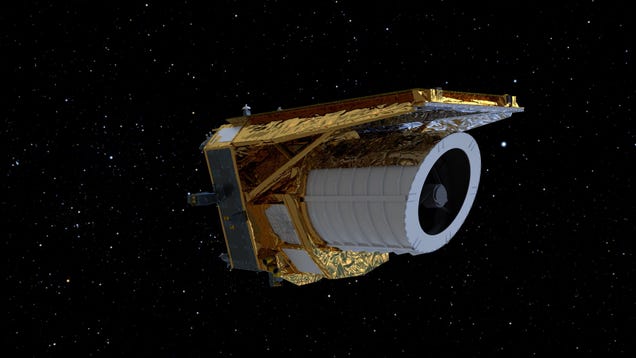
The European Space Agency’s (ESA) Euclid telescope is back in action after an experimental procedure restored its ability to see the light in the cold, dark depths of space.

The European Space Agency’s (ESA) Euclid telescope is back in action after an experimental procedure restored its ability to see the light in the cold, dark depths of space.
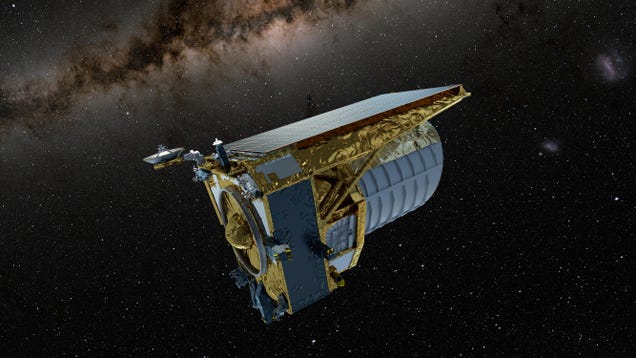
The European Space Agency’s (ESA) Euclid telescope has been gradually losing its vision as layers of water molecules have frozen onto its mirrors. That’s bad news for a mission tasked with observing the dark universe using super-sensitive cameras, but the team behind the telescope has come up with a plan to keep…
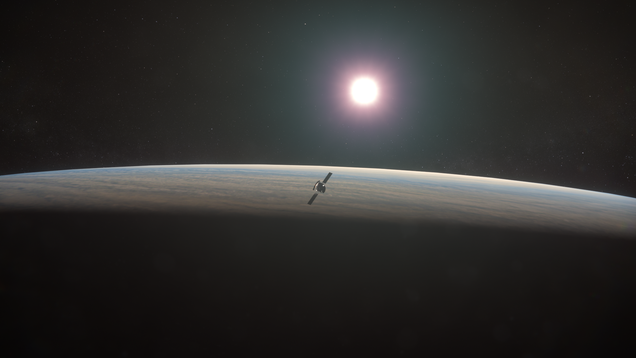
The EnVision mission to Venus was officially adopted by the European Space Agency on Thursday, which means the organization has committed to getting the spacecraft Venus-bound by the early 2030s.

There are jets in Jupiter’s magnetosheath, according to Voyager 2 mission data from 1979. The 45-year-old information is now revealing the dynamics of the plasma stream.
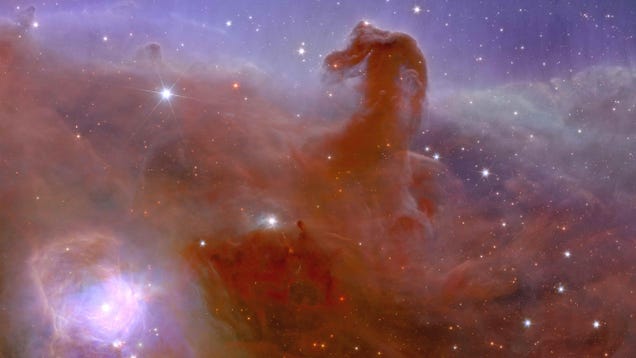
Earlier this morning, ESA released the Euclid space telescope’s first scientific images, offering a glimpse into its mission to explore the “dark universe”—the mysterious 95% of the cosmos made up of dark matter and dark energy.
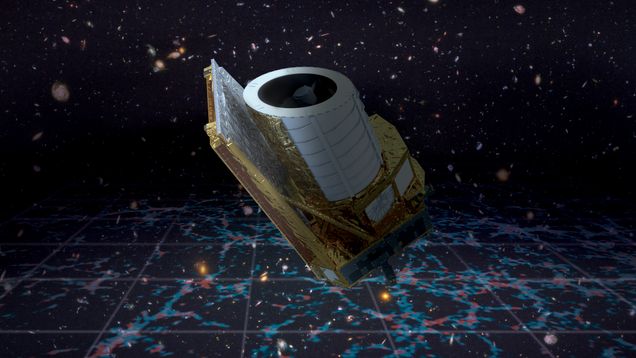
The European Space Agency’s $1.4 billion Euclid space telescope is charged with revealing the dark universe—the 95% of the cosmos we don’t see. On Tuesday, the telescope’s first images will be revealed live.

Despite a rough start to its six year mission, the Euclid space telescope is ending its commissioning phase on a high after finally being able to find its guide stars again.

The European Space Agency’s Euclid space telescope launched from Earth on July 1 and has since been getting set up to begin its investigation of the dark universe.
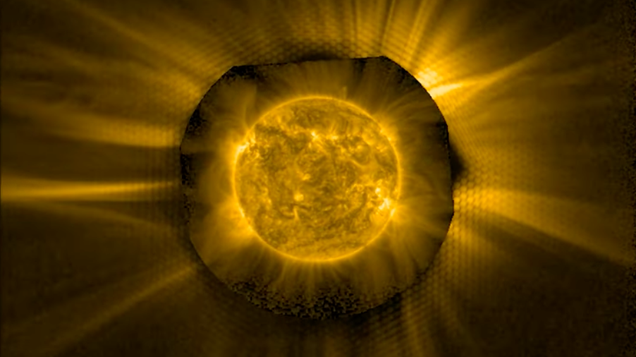
Scientists behind a Sun-observing probe applied a simple hack to one of its cameras, allowing them to peer into rarely seen regions of the Sun’s atmosphere.
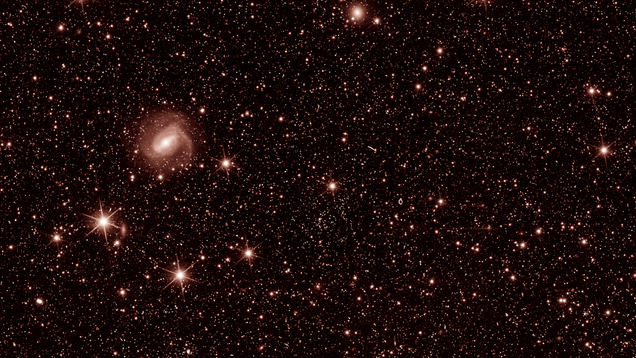
The European Space Agency’s Euclid mission took over 11 years to get off the ground (and Earth), but now the nascent space observatory has produced its first test images of the cosmos.